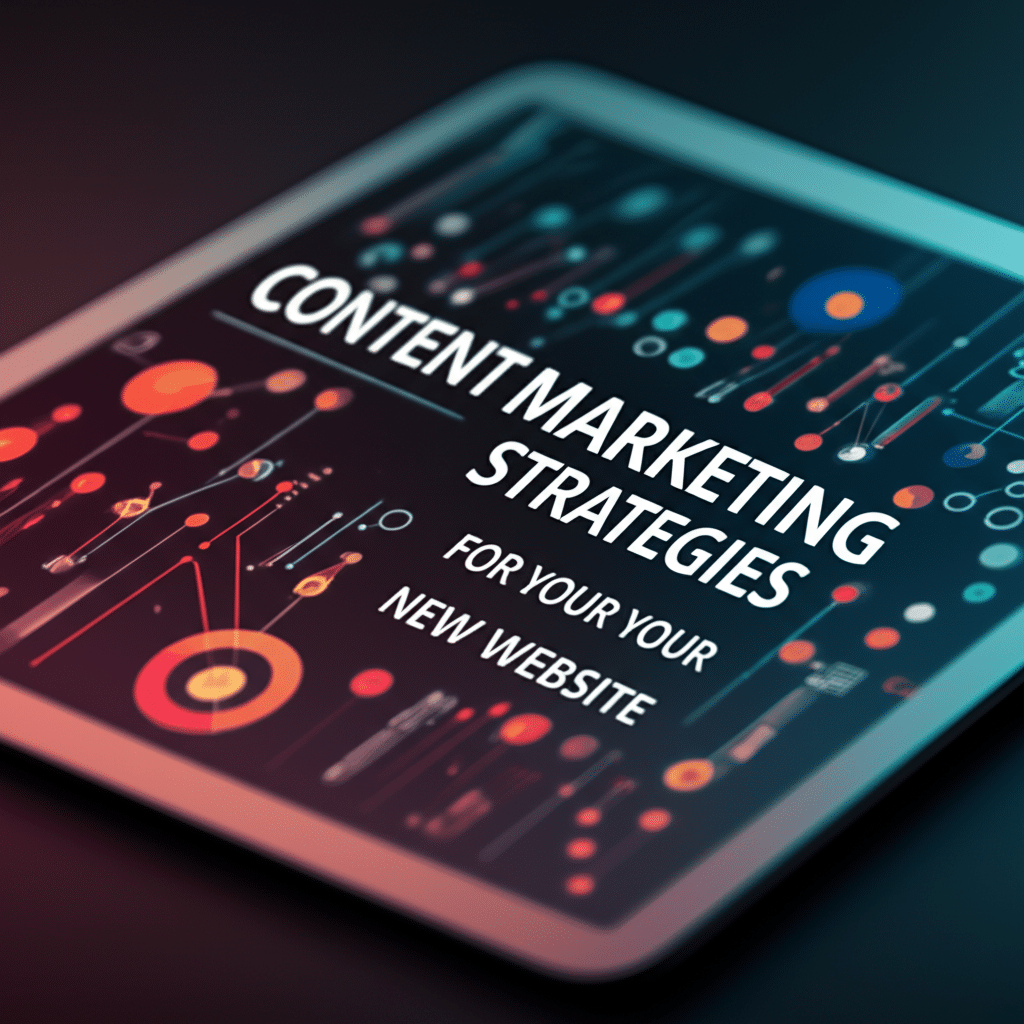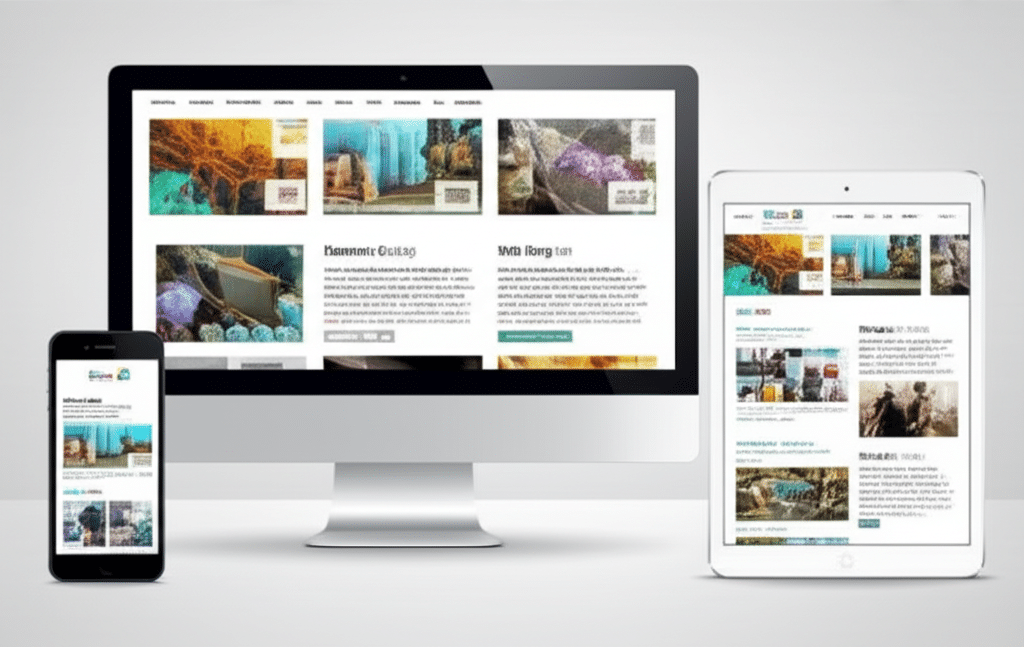Do you dream of a website that doesn’t just attract visitors, but turns them into loyal customers? A website that doesn’t just exist, but thrives? The secret lies in crafting compelling, engaging website content that converts passive browsers into active participants. This isn’t about trickery; it’s about providing genuine value, building trust, and guiding your audience towards the actions you want them to take. Let’s dive into the strategies you need to transform your website into a conversion powerhouse.
Understanding Your Audience: The Foundation of Engaging Content
Before you write a single word, you need to know who you’re writing for. Creating engaging website content that converts starts with a deep understanding of your target audience. What are their pain points? What are their aspirations? What kind of language resonates with them? Conduct thorough research, create buyer personas, and analyze your website analytics to gain insights into their behavior. By understanding your audience’s needs and motivations, you can tailor your content to speak directly to them, making it more relevant and impactful.
Crafting Compelling Headlines and Introductions: Grabbing Attention from the Start
You have mere seconds to capture a visitor’s attention. Your headline is your first (and often only) chance to make a strong impression. Craft headlines that are clear, concise, and benefit-driven. Promise value and pique curiosity. Once you’ve hooked them with a compelling headline, your introduction needs to deliver on that promise. Clearly state the purpose of your content and what the reader can expect to gain. Keep it concise and engaging, drawing them further into the heart of your message.
The Power of Storytelling: Connecting with Your Audience on an Emotional Level
Humans are wired for stories. Storytelling is a powerful tool for creating engaging website content that converts. By weaving narratives into your content, you can connect with your audience on an emotional level, making your message more memorable and impactful. Share relatable experiences, case studies, and testimonials to build trust and demonstrate the value of your products or services. Remember, people don’t just buy products; they buy the stories and emotions associated with them.
Utilizing Visual Content: Enhancing Engagement and Understanding
In today’s fast-paced digital world, visual content is crucial. Images, videos, and infographics can break up large blocks of text, making your content more digestible and visually appealing. Visuals can also enhance understanding, convey complex information quickly, and evoke emotions more effectively than text alone. Choose high-quality visuals that are relevant to your message and optimized for web performance.
Optimizing Images for Web Performance: A Key Element of Engaging Content
Large image files can slow down your website, leading to a poor user experience and negatively impacting your conversion rates. Optimize your images by compressing them without sacrificing quality. Use appropriate file formats (JPEG for photos, PNG for graphics with transparency) and ensure your images are responsive, adapting to different screen sizes.
SEO Best Practices: Driving Organic Traffic to Your Website
Creating amazing content is only half the battle. You also need to ensure that your target audience can find it. Search Engine Optimization (SEO) is essential for driving organic traffic to your website. Integrate relevant keywords naturally throughout your content, including in your headlines, subheadings, and body text. Focus on providing valuable information that answers user queries and satisfies search intent.
Keyword Research: Identifying the Right Terms to Target
Effective keyword research is the foundation of a successful SEO strategy. Identify the keywords and phrases your target audience is using to search for information related to your products or services. Use keyword research tools to discover relevant keywords with high search volume and low competition.
The Importance of Mobile Optimization: Reaching Your Audience on Any Device
In today’s mobile-first world, ensuring your website is mobile-friendly is no longer optional – it’s essential. A responsive design that adapts to different screen sizes is crucial for providing a positive user experience and maximizing your conversion potential. Test your website on various devices to ensure it looks and functions flawlessly, regardless of screen size.
Call to Action: Guiding Your Audience Towards Conversion
Creating engaging website content is pointless if it doesn’t lead to action. Include clear and compelling calls to action (CTAs) throughout your content, guiding your audience towards the desired outcome. Whether it’s signing up for a newsletter, downloading a resource, or making a purchase, your CTAs should be specific, actionable, and easy to follow.
Analyzing and Refining: Continuous Improvement for Optimal Results
Creating engaging website content that converts is an ongoing process. Regularly analyze your website analytics to understand what’s working and what’s not. Track your key performance indicators (KPIs), such as bounce rate, time on page, and conversion rate, to identify areas for improvement. Continuously refine your content strategy based on data and feedback to maximize your results.
Conclusion: Turning Engagement into Conversion
Creating engaging website content that converts requires a strategic approach that combines compelling storytelling, impactful visuals, SEO best practices, and a deep understanding of your target audience. By implementing the strategies outlined in this article, you can transform your website into a powerful engine for growth, driving traffic, generating leads, and ultimately, achieving your business objectives. Now, take a moment to consider: what’s the next piece of engaging content you’re going to create?













